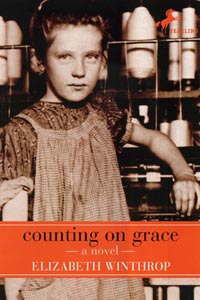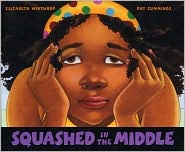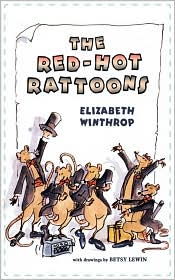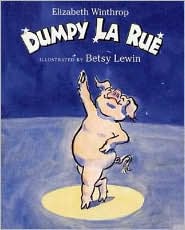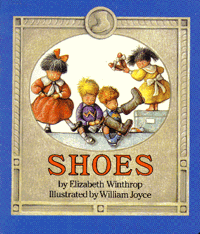That old saying, “you can’t tell a book by its cover,” hits home especially with authors who have little or no control over the images that the marketing department in a publishing house chooses to sell your book.
When I decided to make In My Mother’s House available as an e-book, I had the opportunity to create a new jacket. The novel spans three generations of women, starting with Lydia, a girl whose own mother dies in childbirth in the middle of the great blizzard of 1888 in New York City. However, most of the book is set in a New England farmhouse.
The original hardcover jacket showed a soft-focus copy of one of my own grandmother’s watercolor paintings of her sun porch.
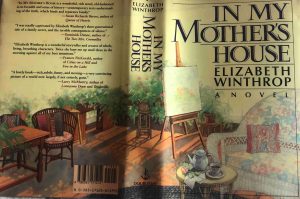
I think my grandmother would have been amused by the “hijack” of her painting, but I know she would have been furious about the paperback jacket.
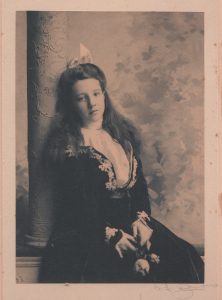 In that mass market edition, the publisher used an actual photo of my grandmother as a teenager which I had sent them for background research. Clearly posed by a formal photographer, the young woman leans against a studio backdrop, her dreamy eyes staring at the camera. Her long dark hair is fastened with an extravagant bow at the top of her head and she is holding a rose.
In that mass market edition, the publisher used an actual photo of my grandmother as a teenager which I had sent them for background research. Clearly posed by a formal photographer, the young woman leans against a studio backdrop, her dreamy eyes staring at the camera. Her long dark hair is fastened with an extravagant bow at the top of her head and she is holding a rose.
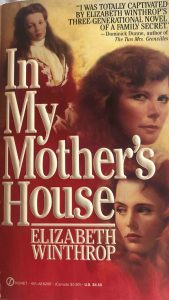 She is followed down the front of the cover by two what used to be called “bodice ripping” females. They are generic women: thin faces, long wavy red hair, and troubled expressions. Each is facing away from the other. Whereas the image of Lydia looks like a real person, the other two appear to be computer generated which makes the cover seem oddly unbalanced.
She is followed down the front of the cover by two what used to be called “bodice ripping” females. They are generic women: thin faces, long wavy red hair, and troubled expressions. Each is facing away from the other. Whereas the image of Lydia looks like a real person, the other two appear to be computer generated which makes the cover seem oddly unbalanced.
When I objected to this jacket (it was already in production), I was assured by the marketing division of the publishing house that an image like this would make readers pick up the book. Even though the novel sold well in paperback, I was never convinced the jacket was the reason. My uncle, when he saw it, said my grandmother must be turning over in her grave and I had to agree with him.
Now that I had full control over the e-book production, what did I want this new jacket to say?

After a sad, motherless childhood in upper class New York, Lydia marries and moves to a farmhouse in Connecticut. Setting often drives my fiction and even though Lydia’s story has nothing to do with my own grandmother, I used the facts and dates of Grandmother’s life as a framework for the story I wanted to tell. For that reason, the farmhouse in the book is modeled after a classic 19th century white clapboard house where I spent many childhood summers.
That type of house, I decided, would be featured on the new cover. The image I chose is from a rural section of upstate New York, which perfectly fits with the book’s theme. The dark trees hanging over the house give a sense of foreboding.
Unknowingly, Lydia carries the wounds of her childhood into her role as a mother and grandmother. I’m happy that at last, the jacket image reflects the secrets and the sadness under this roof.
#elizabethwinthrop, #elizabethwinthropalsop, #memoirs, #daughterofspies

